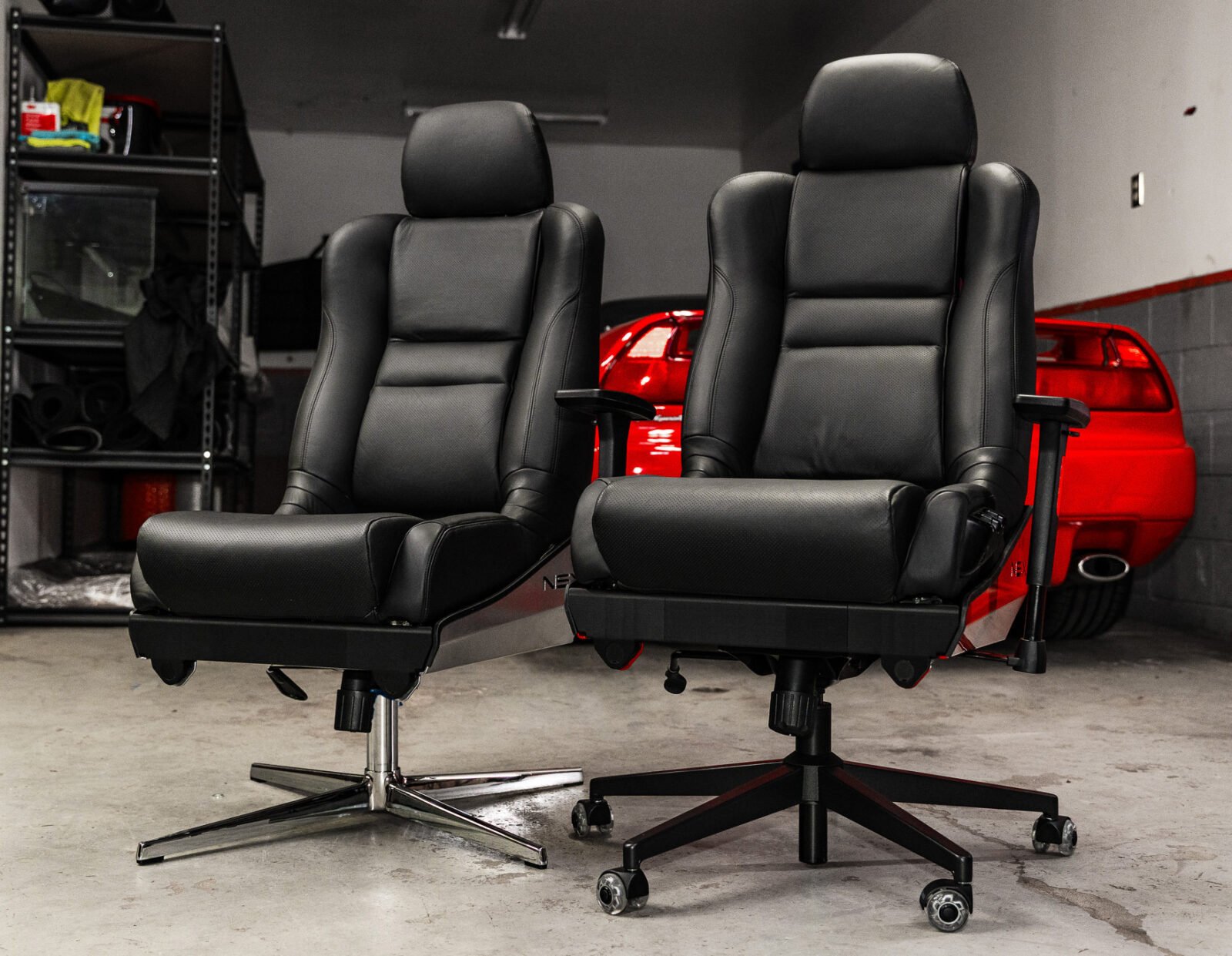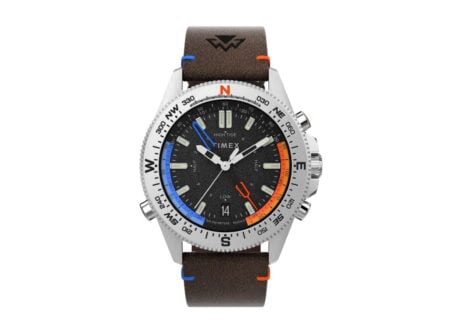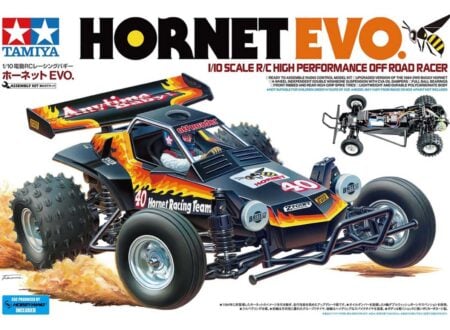This is a pair of office chairs made from real Acura NSX bucket seats, and amazingly, each chair has a built-in battery system which allows all the power adjustability of the seats to remain in perfect working condition.
The chairs are mounted on a pair of custom-fabricated office chair bases, and they have been reupholstered in the style of the later cars, using black leather with perforated inserts.
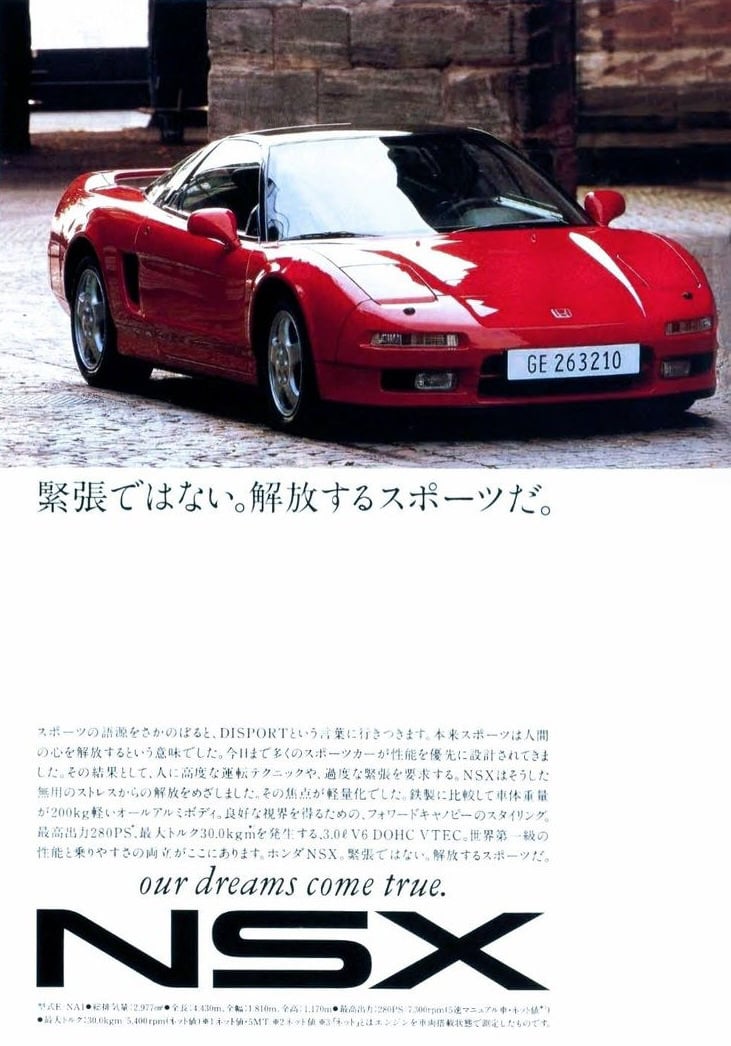

History Speedrun: The Acura NSX
The Acura NSX, also marketed as the Honda NSX outside North America, was Japan’s first real attempt at building a mass-produced supercar/sports car to rival European greats like Ferrari and Lamborghini, but with lower price point, as well as Honda’s signature reliability and more mechanic-friendly engineering.
The NSX was introduced in 1990 as a new halo-model for Honda, heading into the final decade before the much-hyped new millennium dawned at midnight on the 31st of December, 1999.
Development of the NSX began in the early 1980s under the code name HP-X (Honda Pininfarina eXperimental), a concept that evolved into a production car that would be guided by Honda’s racing ambitions and by its growing global confidence as a major automaker.
Chief engineer Shigeru Uehara and project leader Masahito Nakano approached the NSX with the intent to create a mid-engined exotic car that was genuinely usable as a daily driver.
What emerged was a clean-sheet aluminum monocoque chassis, a world-first for a production car, and an aerodynamic body that still wins accolades today for its elegant and futuristic (by the standards of the time) design.
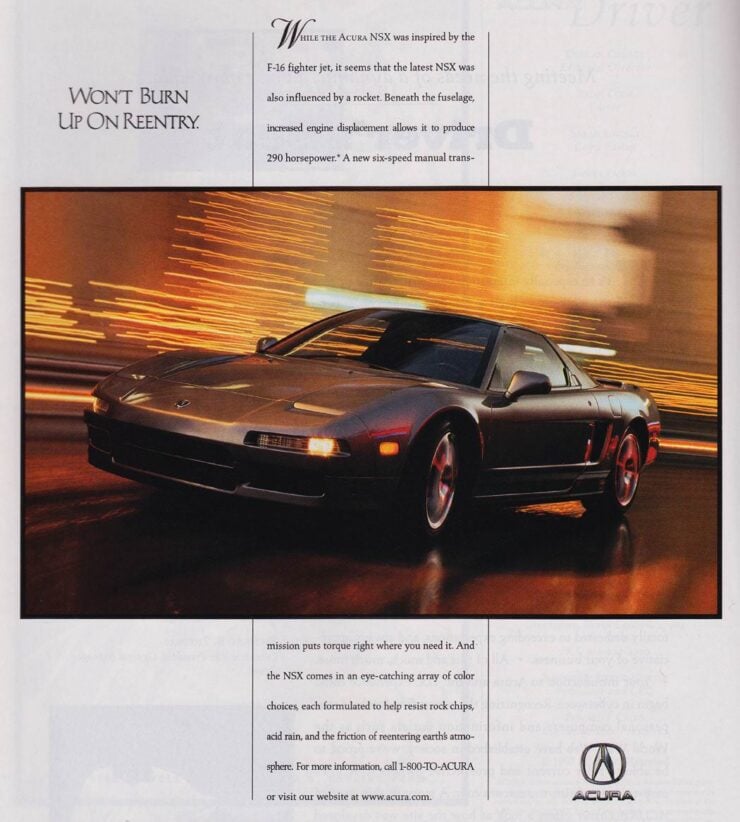

Perhaps the most famous single point in the NSX’s development came when Formula 1 World Champion Ayrton Senna was invited to provide input into the car. At the time, Honda was supplying engines to McLaren in F1 with great success, and Senna was regarded as one of the most technically insightful drivers of the era.
After driving an early prototype, Senna found it too soft and lacking in torsional rigidity. Based on his feedback, Honda engineers stiffened the chassis and refined the suspension setup through testing at the Nürburgring in Germany.
When it launched in 1990, the first-generation NSX was powered by a naturally aspirated 3.0 liter double overhead cam V6, with Honda’s then-new VTEC variable valve timing system.
Designated C30A, the engine made 270 bhp in US trim (with a 5-speed manual gearbox) and 252 bhp when equipped with the optional 4-speed automatic. Power was sent to the rear wheels, and the car’s lightweight construction – just under 3,000 lbs curb weight – meant performance was competitive with European rivals of the time.
The NSX could reach 60 mph in 5.5 seconds, then onto a top speed of 168 mph depending on the specific version.
Over the course of its production run the NSX would be incrementally evolved. In 1995, a targa-roof version called the NSX-T was introduced. In 1997, Honda bumped displacement to 3.2 liters with the C32B engine, pushing output to 290 bhp and adding a 6-speed manual transmission. The suspension was also subtly recalibrated, though the car’s essential balance remained unchanged.
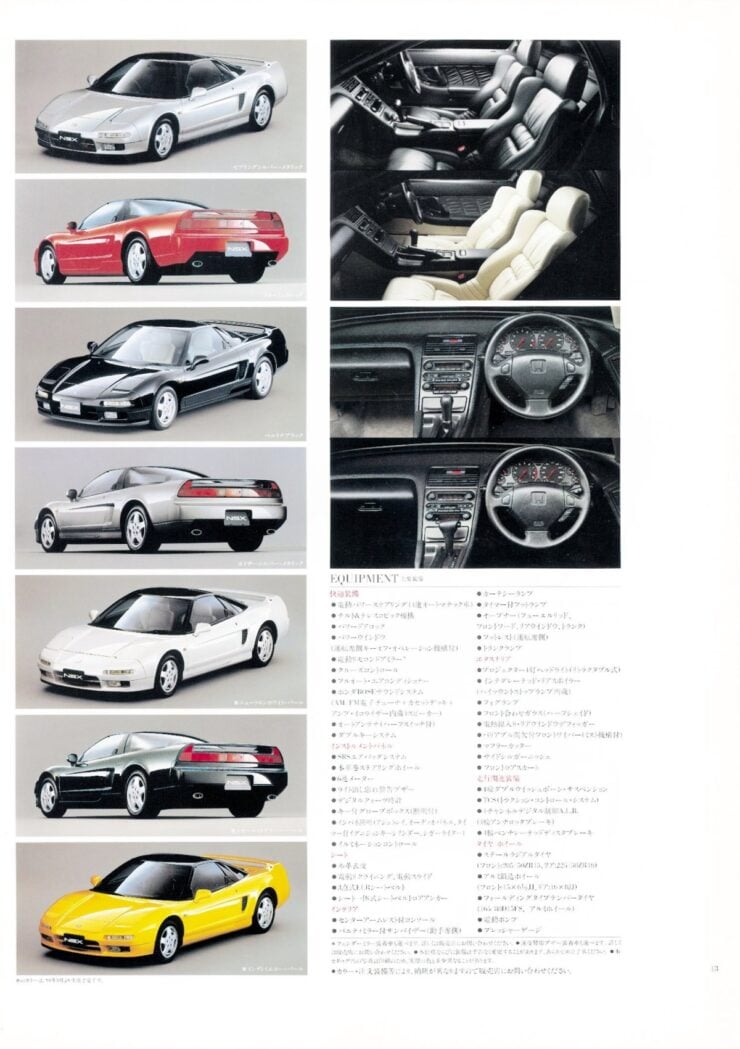

Throughout its production run, special editions like the NSX-R, NSX Type S, and Zanardi Edition (US only in 1999) offered track-focused upgrades and weight savings over the standard models.
Production of the first-generation NSX ended in 2005, after 15 years and approximately 18,000 examples produced globally.
The NSX nameplate was revived in 2016 with a new, hybrid-powered NSX developed largely in the US and built in Ohio. This second-generation model had a twin-turbo V6 paired with three electric motors and a 9-speed dual-clutch transmission, producing a combined 573 bhp.
Unlike the original’s featherweight minimalism, the new NSX was far more complex from a technology-standpoint and an AWD system. It remained in production until 2022, concluding with a 600 hp Type S version limited to just 350 examples worldwide.
The Acura NSX Office Chairs Shown Here
This is a pair of early-model Acura NSX seats that have been converted into fully-functional office chairs now affixed to custom wheeled-bases. As mentioned higher up, the power adjustability of these seats still works thanks to built-in, rechargeable battery packs that have been integrated.
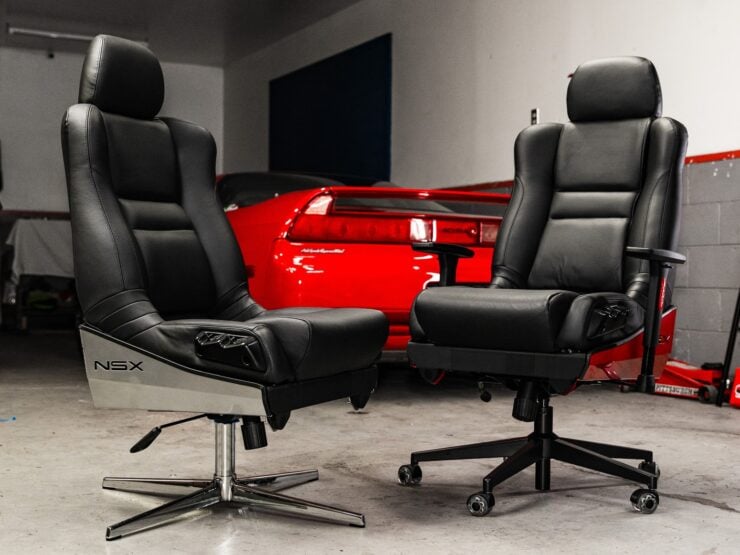

The chairs have each been reupholstered in the style of the later NSX, using black leather with perforated inserts, a they have 3D-printed faceplates to conceal the seat motors. Interestingly the seat mounts have not been modified, and as a result they could be reinstalled in an NSX quickly and easily.
They’re now being offered for sale as a matching pair on Bring a Trailer out of Evergreen, Colorado at no reserve. You can visit the listing here if you’d like to read more about them or place a bid.
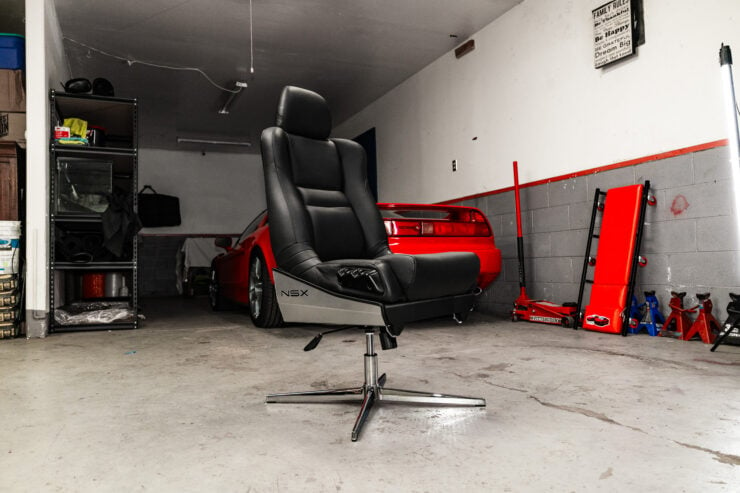
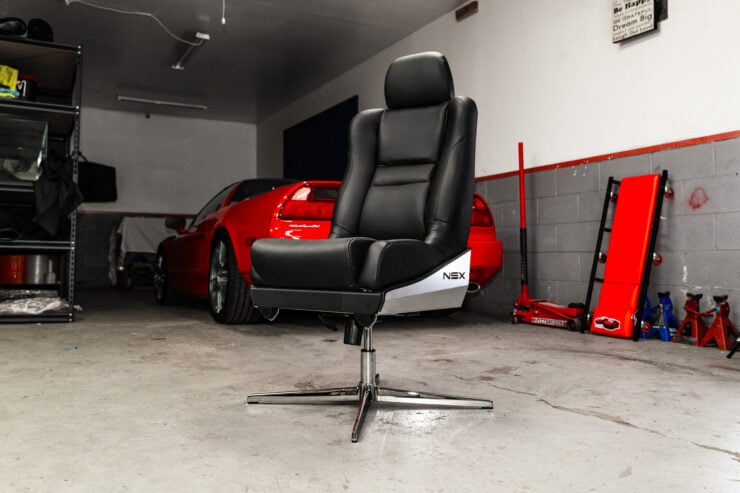
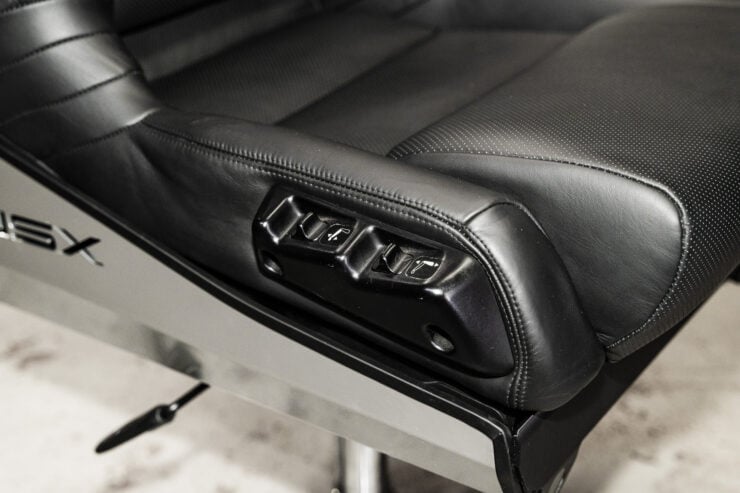
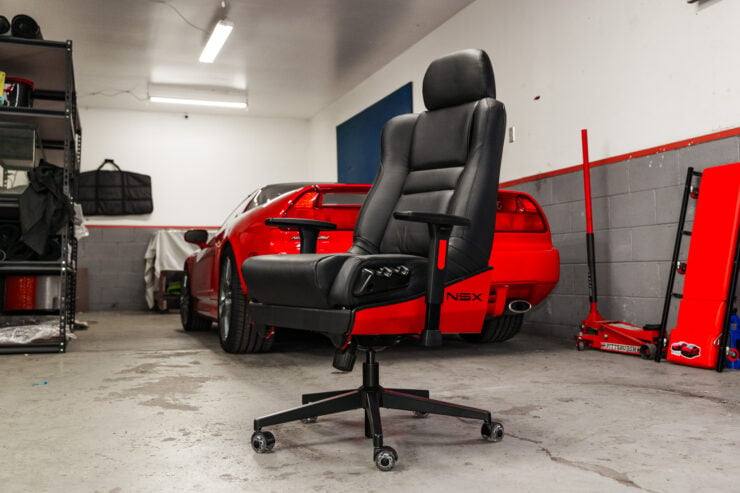
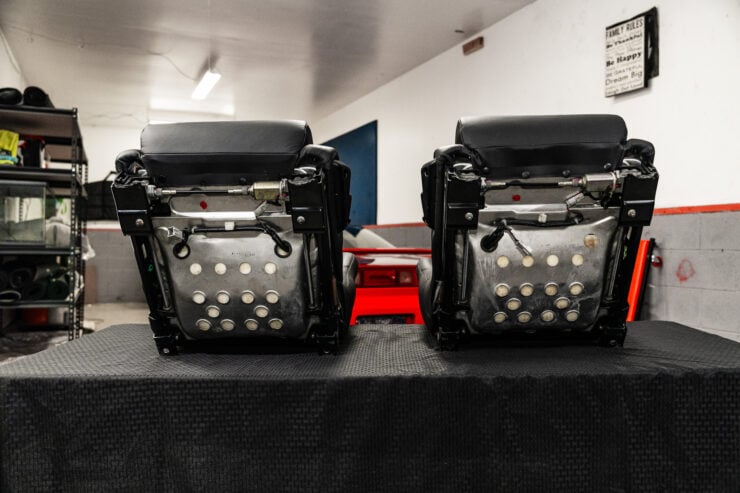
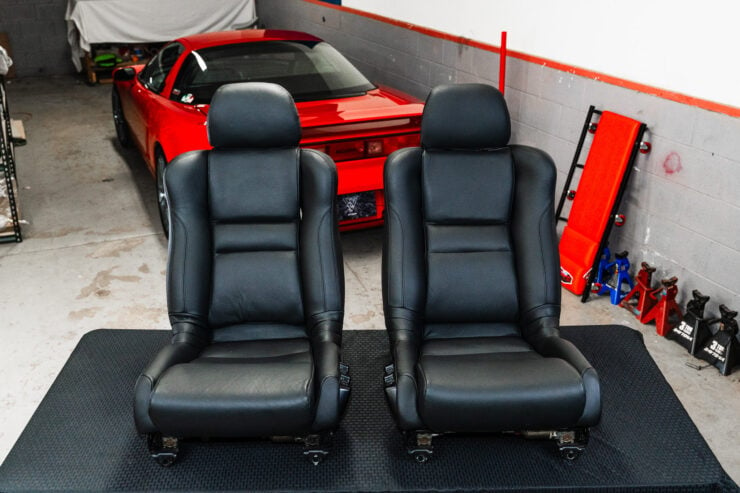
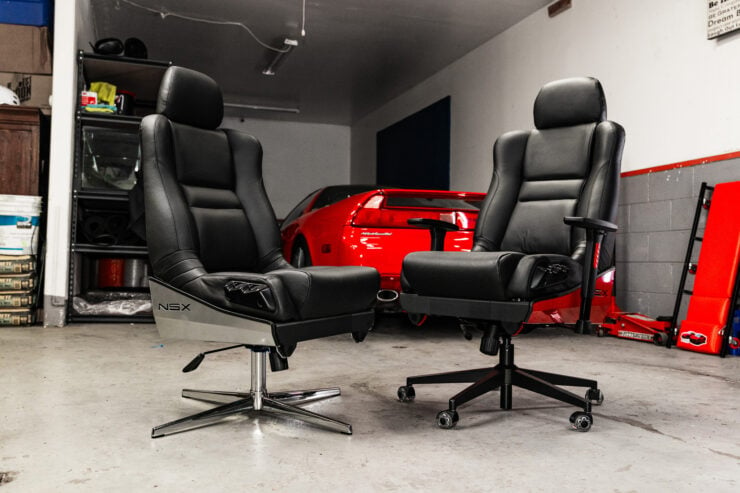
Images courtesy of Bring a Trailer

